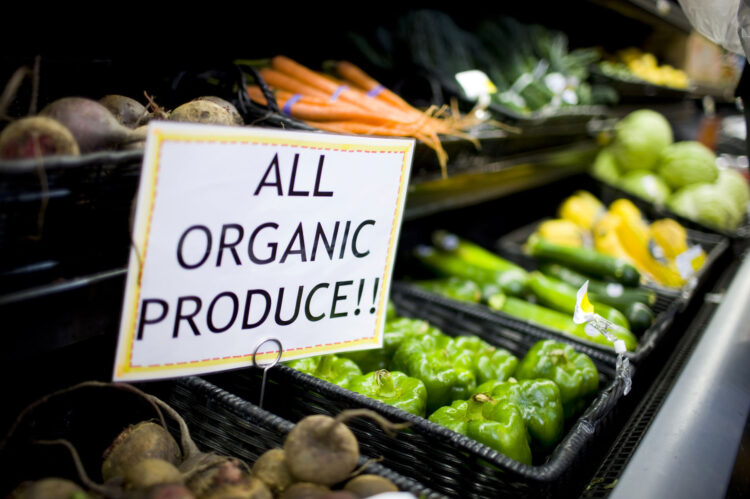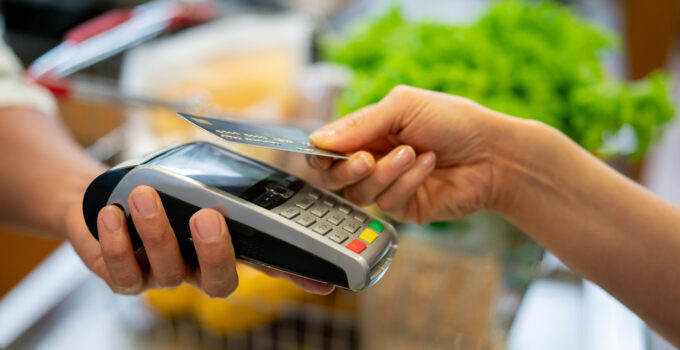Running a produce business can be overwhelming, especially when it comes to payment processing. Every step of the payment process represents potential risk and must be handled carefully. To ensure your employees are well-versed in best payment practices, you should familiarize yourself with the most common produce payment errors.
From presetting terminal settings to understanding dispute resolution policies, these mistakes could cost your business time and money if they’re not adequately addressed. So stay one step ahead – keep reading to learn more about these common produce payment processing errors.
Choosing Silo to increase payment speed and accuracy can also decrease processing errors. Consider making use of these platforms to decrease friction when it comes to payments and save time.
Page Contents
What Causes Produce Payment Processing Errors?
Produce payment processing errors can occur due to a variety of issues.
In some cases, the source of the error is a misunderstanding or misapplication of relevant regulations and guidelines. This could include failing to follow proper protocol for card-not-present transactions or not following PCI DSS security standards.
Other times, errors may be caused by technical issues such as incorrect terminal settings or outdated software. Human error is also a common cause – entering inaccurate information when confirming payment, for example.
5 Common Produce Payment Processing Errors
Here are some common produce payment processing errors.
Incorrect produce item

Source: npr.org
When processing payments, it’s important to make sure the correct produce item is being charged. Incorrectly entering the produce item code can lead to errors when charging customers and delays in payment processing. To prevent this issue, double-check that the proper codes are entered before submitting the transaction.
Improper weight or measure of produce
When charging customers for produce, it’s essential to accurately measure the weight or quantity of the item. If the incorrect amount is charged, it could lead to customer dissatisfaction and disputes. To avoid this problem, double-check that the proper measurements are taken prior to inputting information into a payment terminal.
Price discrepancies between items
Price discrepancies between produce items can also lead to payment processing errors. If the price of an item is not properly updated in the system, customers may be overcharged or undercharged for their purchase.
To prevent this issue, ensure your staff verifies the prices of each item before charging customers. Additionally, it’s important to regularly check that prices in the system match those on display.

Source: razorpay.com
In some cases, customers’ credit or debit cards may not be authorized for a particular purchase. This could happen due to insufficient funds in the customer’s account or other security measures. When this occurs, payment processing will likely be delayed until authorization is granted.
To prevent this issue, make sure your staff verifies the customer’s card information prior to initiating the transaction. Additionally, it’s important to understand your own dispute resolution policies in case a chargeback is requested.
Receipts not generated or incorrect information on receipts
Receipts are an important part of the payment processing process, and generating them correctly is essential. If a receipt is not generated after a purchase has been made, customers will be unable to verify that their payment was successfully processed.
Similarly, if there is incorrect information on a customer’s receipt (such as wrong prices or items), this could lead to customer dissatisfaction and payment disputes.
To prevent errors with receipts, make sure staff understands the process for properly generating them after each transaction. Additionally, it’s important to ensure that accuracy is confirmed prior to generating a receipt. This can help ensure customers have correct information and can dispute any inaccuracies before leaving the store.
How to Prevent Produce Payment Processing Errors

Source: eatthis.com
To prevent produce payment processing errors, it’s important to have an established process in place for verifying and double-checking information before processing payments. This should include confirming the produce item code, price, weight or measure, and authorization from the customer’s card issuer.
Additionally, staff should understand how to properly generate receipts for customers after a purchase.
It’s also important to keep all payment systems up-to-date and to regularly review policies and procedures for processing payments. This can help ensure customers receive accurate pricing and item information prior to making their purchases.
Additionally, it’s essential to understand the dispute resolution process in case of any payment disputes. Having a clear understanding of payment processing can help reduce the chances of errors occurring and help ensure customer satisfaction.
Conclusion
Produce payment processing errors can lead to customer dissatisfaction and disputes, which can affect your business’s reputation. By understanding the common errors associated with produce payment processing and taking steps to prevent them, you can ensure that payments are processed quickly and accurately.
With the right processes in place, you can protect your business from costly mistakes and keep your customers satisfied.





